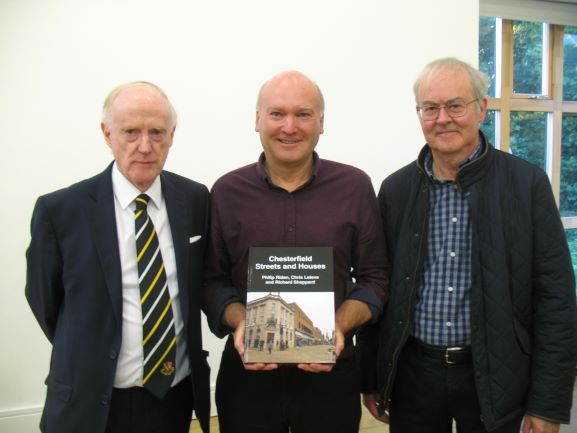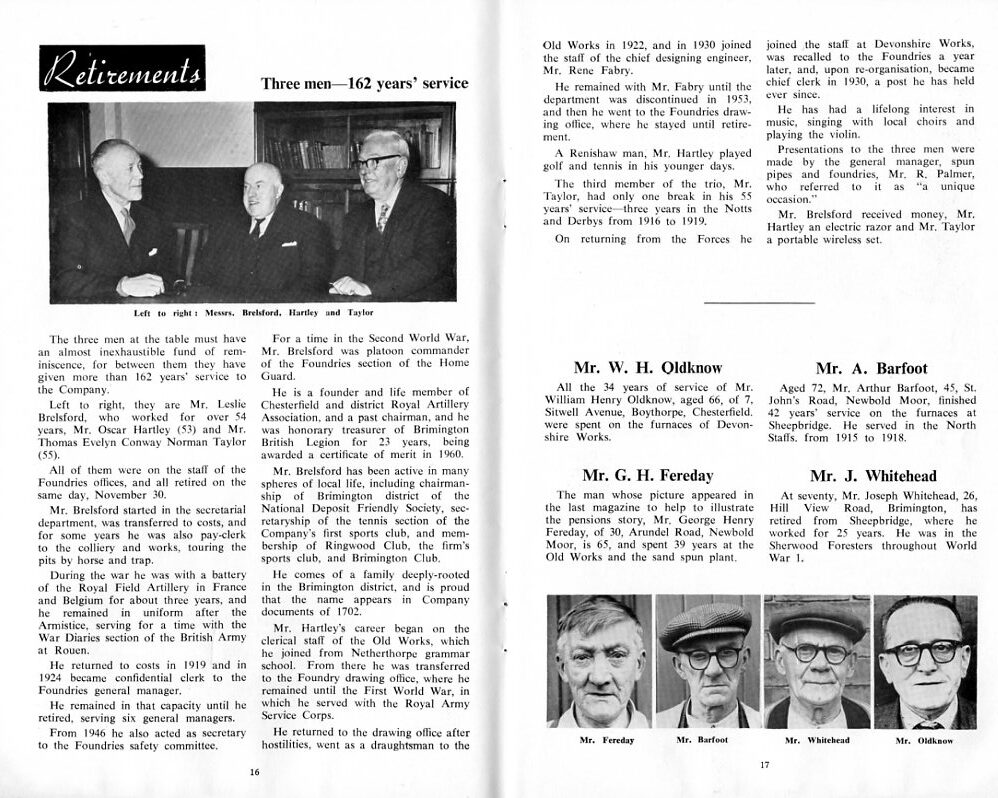Pilkington’s 1789 Chesterfield in a ‘very flourishing state’
These two pages from the Chesterfield section of James Pilkington’s ‘View of the present state of Derbyshire’ published in 1789, reveal another side to the town’s industry. Along with the perhaps expected ‘course earthenware’, iron smelting and casting activities, Pilkington mentions ‘a considerable number of shoes [are] made in the town for the London market.’ He also found that about 84 hands were employed producing carpets. By far the greatest manufacturing trade was in stockings, which was employing about 251 people. Overall, he found Chesterfield in a ‘very flourishing state’.

We make extensive use of 19th and 20th century trade directories and other contemporary publications in our work towards a new account of local communities. These are an excellent source of information for such issues such as industry, local governance, social history and others.
James Pilkington’s two volume ‘View of the present state of Derbyshire’ is just one source we use in VCH. Volume one contains a general survey of the county, including its geography and topography, mines and ores, medicinal waters and baths (then a lot more important then than now) and natural history. The second volume includes a survey of deaneries in the county, from which the extract here is reproduced.
In normal times you can consult Pilkington in some Derbyshire local studies Libraries.
Our volunteer Chesterfield research group has been pleased to make use of the excellent resources built up over many years in the local history section of the library at Chesterfield.
Pilkington’s 1789 Chesterfield in a ‘very flourishing state’ Read More »






















